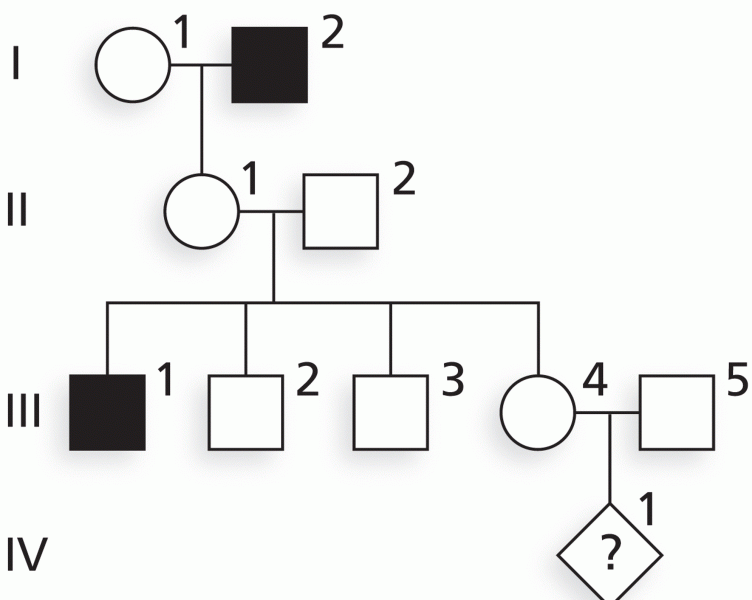|
|
|
Amphetamine poisoning can cause intravascular coagulation, circulatory collapse, rhabdomyolysis, ischemic colitis, acute psychosis, hyperthermia, respiratory distress syndrome, and pericarditis.
Many people have small pouches in their colons that bulge outward through weak spots. Each pouch is called a diverticulum. About 10% of Americans older than age 40 years have diverticulosis, which, when the pouches become infected or inflamed, is called diverticulitis. The main cause of diverticular disease is a low-fiber diet.
The average human gut is home to perhaps 500 to 1,000 different species of bacteria.
Thyroid conditions may make getting pregnant impossible.
Pubic lice (crabs) are usually spread through sexual contact. You cannot catch them by using a public toilet.






